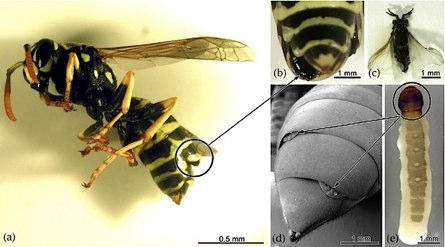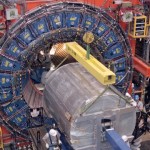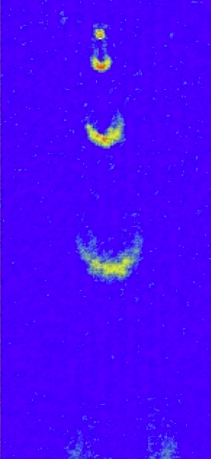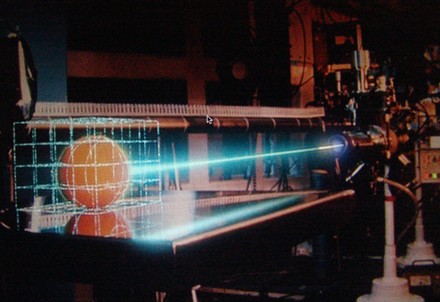Over at his Bottom-up blog (safe for work) Cato scholar and CS PhD candidate Timothy B. Lee makes a case that we’ll *never* be able to copy the human brain in software. He argues that the human brain is too complex and living systems impossible to replicate via mathematics. (I categorize these kinds of articles as the “Sorry nerds, here’s why you’re wrong”, variety.)
While I’d be the first one to point out the futility of arguing whether or not we will or will not be able to do something, I have a little trouble with his arguments (in a later post I’ll offer my own argument as to why it might be a bigger challenge than we realize).
“You can’t emulate a natural system because natural systems don’t have designers, and therefore weren’t built to conform to any particular mathematical model.”
Natural systems like physics and chemistry don’t have designers and we emulate those every day. Our ability to emulate them increase all the time. Starting from the middle ages when we had a very incorrect and non-empiracle view of these things, to today where we’re able to run simulations of what happens inside of atoms and at the point of the big bang.
An airplane wing works a lot like a bird wing in glide and we fly millions of miles everyday on a mechanical emulation of that living system.
Since brains are made of atoms, unless there’s some magical process going on that transcends physics, at some level you should be able to replicate a brain provided you have the right computational power. That computer could even be a jar of neurons (a method I don’t even think Lee considered).
At some point we’ll have computers with a greater number of virtual parts than the human brain. That’s the point that many think we’ll be able to replicate the brain. Knowing what and how to replicate it will be a challenge of course. We’re still figuring out how to make virtual proteins…
Following the graph of computational power over the last decade shows us that we’re nearing a point where the raw power should be possible.
To further make his point, Lee uses weather prediction as an example:
“Weather simulations, for example, are never going to be able to predict precisely where each raindrop will fall, they only predict general large-scale trends, and only for a limited period of time.”
Lee confuses a simulation for a predictive system. I can make a very simple program in just a couple lines of code that will predict with 100% accuracy the probability of a coin toss. It won’t tell you the outcome of a specific coin toss, but its results would be indistinguishable from any particular coin toss and no system could tell the difference between my virtual toss and a real one.
A replicated brain is going to have its own experience from its point of inception and be just as subject to chaos as weather, coins and other brains. It’s going to be no more confined to Newtonian physics than any living system. The fact that it behaves differently than the brain it copied is no more disproof of its utility than the fact that identical twins develop different thought patterns.
He makes his point further by saying that you can’t reduce neurons to transistors. And because they’re different, the difference between a computer and brain is too vast to bridge.
As I mentioned earlier, Lee seems to ignore entirely the premise of just creating a computer out of actual neurons. We can do that to a small degree today. There’s no reason to think that it can’t scale. Obviously a bunch of unstructured neurons are not the same as a living human brain, but the fundamental parts are similar and that’s a good start.
I think the biggest problem Lee has with this is in seeing a computer and a brain as a one-to-one analogy where the aforementioned transistors act as neurons. This of course would not work. A human neuron has way more complexity than a simple logic gate. That plus the other parts of the brain we’re just grasping their function, make it a complex task. Nobody is saying that it isn’t.
What AI researchers and people interested in the Singularity believe is that a living system isn’t irreducibly complex. At some level it’s made of the same kinds of atoms as everything else. And starting from that point you can write software that emulates the function of molecules, proteins and even cells. From there (giving enough computational power) you can replicate living systems. Brains should be no different.

















